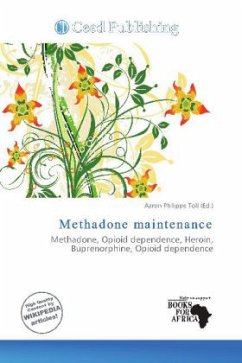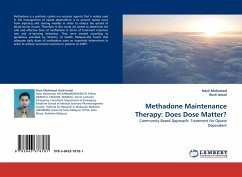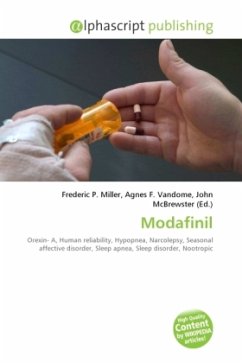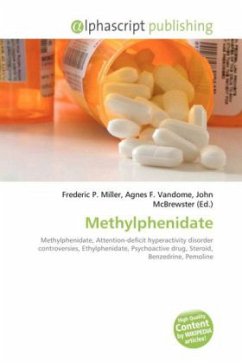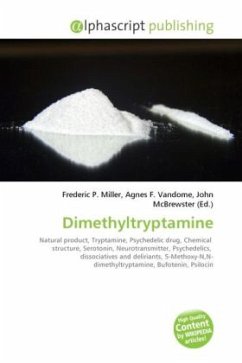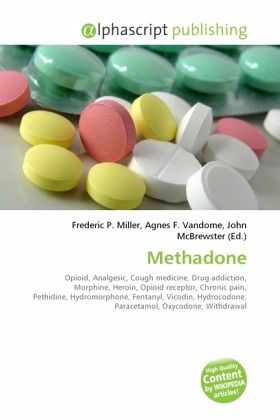
Methadone
Versandkostenfrei!
Versandfertig in 6-10 Tagen
42,99 €
inkl. MwSt.

PAYBACK Punkte
21 °P sammeln!
Methadone (Symoron, Dolophine, Amidone, Methadose, Physeptone, Heptadon, Phy and many others) is a synthetic opioid, used medically as an analgesic, antitussive and a maintenance anti-addictive for use in patients on opioids. It was developed in Germany in 1937. Although chemically unlike morphine or heroin, methadone also acts on the opioid receptors and thus produces many of the same effects. Methadone is also used in managing chronic pain owing to its long duration of action and very low cost. In late 2004, the cost of a one-month supply of methadone was $120,[citation needed] as compared t...
Methadone (Symoron, Dolophine, Amidone, Methadose, Physeptone, Heptadon, Phy and many others) is a synthetic opioid, used medically as an analgesic, antitussive and a maintenance anti-addictive for use in patients on opioids. It was developed in Germany in 1937. Although chemically unlike morphine or heroin, methadone also acts on the opioid receptors and thus produces many of the same effects. Methadone is also used in managing chronic pain owing to its long duration of action and very low cost. In late 2004, the cost of a one-month supply of methadone was $120,[citation needed] as compared to an equivalent analgesic amount of meperidine (pethidine) at $240, up to $500 and more for hydromorphone, morphine, fentanyl, Vicodin (brand name of the generic hydrocodone with paracetamol/acetaminophen) and extended-release oxycodone. Methadone is useful in the treatment of opioid dependence. It has cross-tolerance with other opioids including heroin and morphine and a long duration of effect: oral doses of methadone can stabilise patients by mitigating opioid withdrawal syndrome. Higher doses of methadone (60 80 mg+) can block the euphoric effects of heroin, morphine, and similar drugs.



